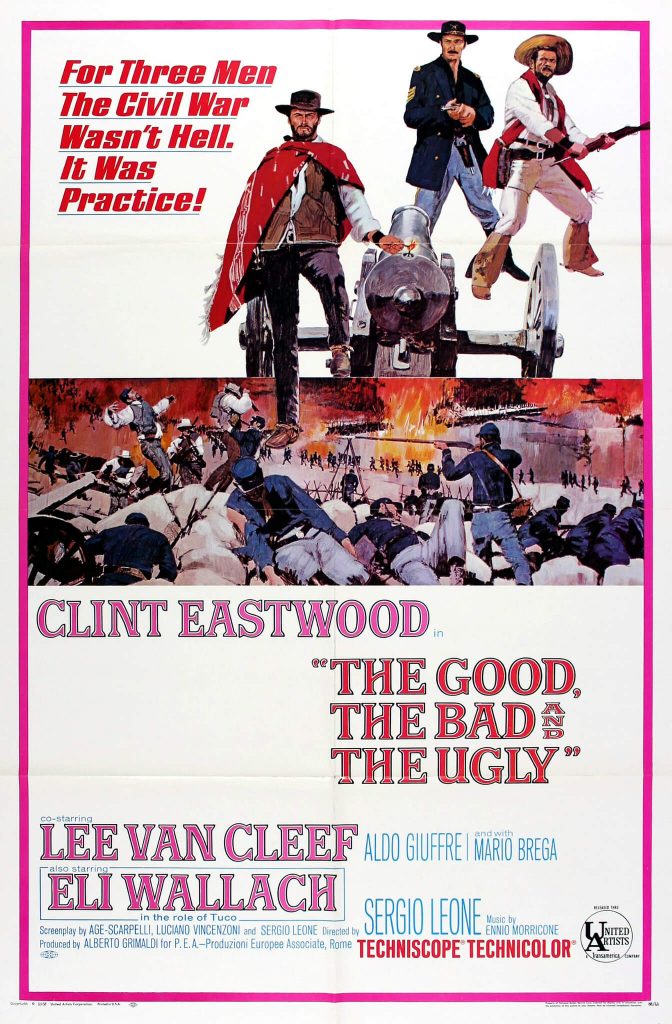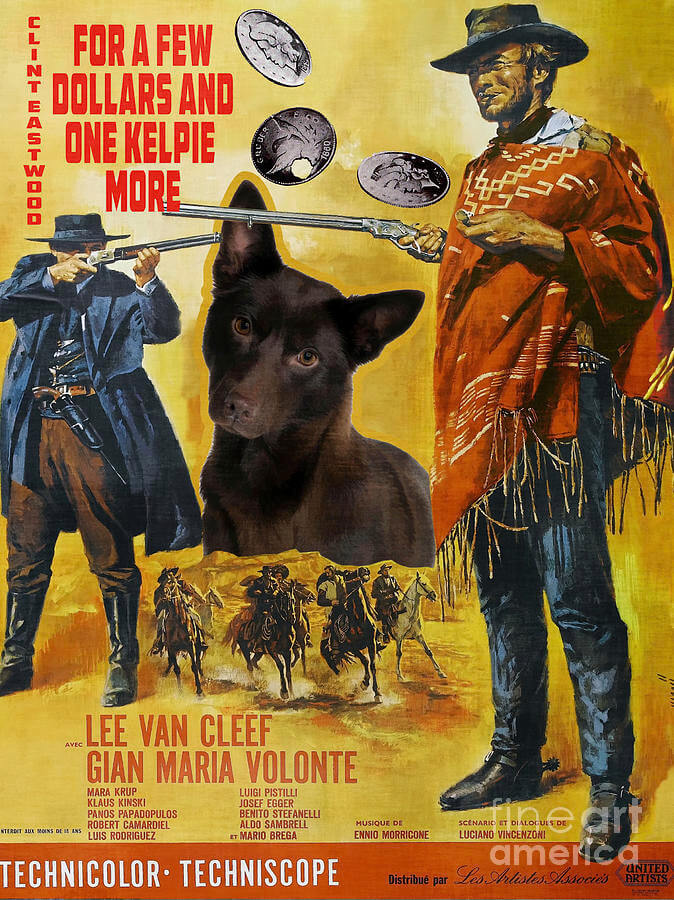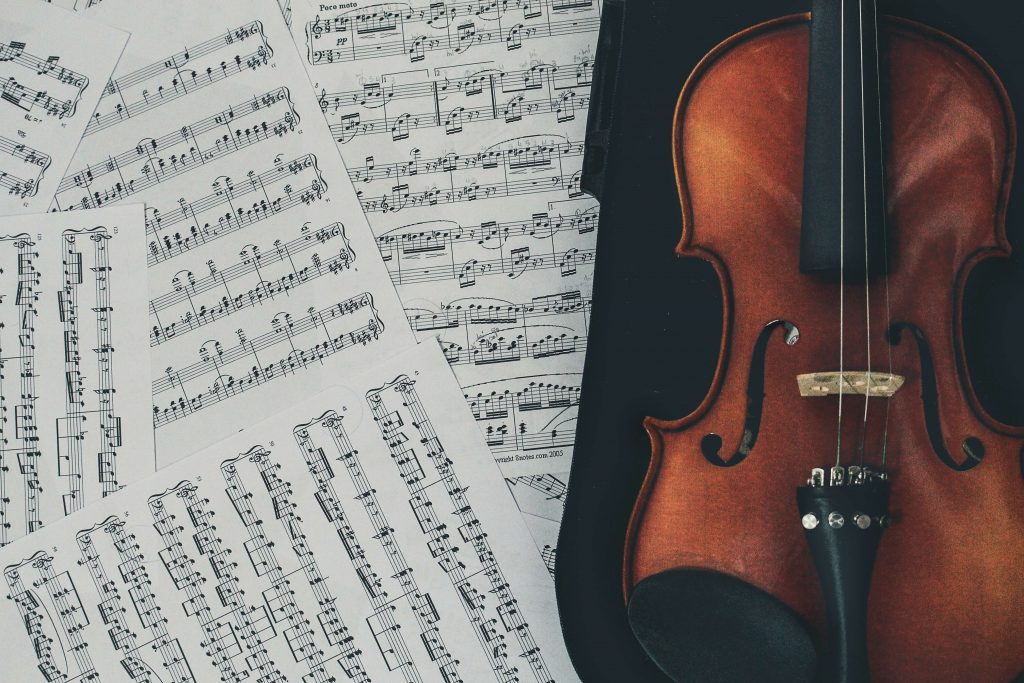Whether you grew up in the years of my generation or the new one, you couldn’t help but meet a western movie at least once. Summer is the right season for western films, the television channels in Italy regularly program the great classics of the genre. When I was a bit more than a child, it was the best way to get a culture of the Spaghetti Western movies.
But what does “Spaghetti Western” mean?
The spaghetti western was born in the first half of the sixties and lasted until the second half of the seventies. It got its name from the fact that most of them were directed and produced by Italians, often in collaboration with other European countries, especially Spain and Germany. The name ‘spaghetti western’ originally was a depreciative term, given by foreign critics to these films because they thought they were inferior to American westerns. Most of the films were made with low budgets, but several still managed to be innovative and artistic, although at the time they didn’t get much recognition, even in Europe. In the eighties, the reputation of the genre grew and today the term is no longer used disparagingly.
It sure was Sergio Leone who defined the look and attitude of the genre with his first western (A Fistful Of Dollars – 1964) and the two that soon were to follow: For a Few Dollars More (1965) and The Good, the Bad and the Ugly (1966). Together, these films are called ‘The Dollars Trilogy’. Leone’s West was a dusty wasteland of whitewashed villages, howling winds, scraggy dogs and cynical heroes, as unshaven as the villains.



Spaghetti Western soundtrack: Past and Present
All these three films were scored by Ennio Morricone, and his music was as unusual as Leone’s visuals: not only did he use instruments like the trumpet, the harp or the electric guitar, he also added whistle, cracking whips and gunshots to the concoction, described by a critic as a ‘rattlesnake in a drum kit’. Morricone went on to score over 30 Italian westerns and was a key factor in the genre’s success. In general, spaghetti westerns are more action-oriented than their American counterparts. Dialogue is sparse and some critics have pointed out that they are constructed as operas, using the music as an illustrative ingredient of the narrative.
So it is not uncommon to find the music of Ennio Morricone, also a “classic of the genre”, and often and willingly a “standard” to which the other soundtracks composed by his contemporaries tend. Quentin Tarantino‘s recent The Hateful Eight is the film that won the Roman composer an Oscar, but the works carved into the collective memory are those with director Sergio Leone. Remaining on Tarantino’s filmography, another great example of how this type of soundtracks are sought after and current comes with Django Unchained and Kill Bill. Also, that soundtrack uses a variety of music genres, relying heavily on spaghetti western soundtrack.



How was “The Fall Of The Doge” born?
The last few months have been silent, almost like a spiritual retreat. A journey into the past made in the company of Flabby Fuckin’ Mama (Stefano Bergamaschi, Lorenzo Bergamino, Luigi Magnozzi).
These three guys, from Genoa, are multi-instrumentalists with a great musical culture and training. Stefano is a trumpeter, guitarist and pianist; Lorenzo is a percussionist, drummer, guitarist and pianist; Luigi is a bassist, guitarist, violinist, violist … in short, almost a potential orchestra in 6 hands.
They arranged the whole album with a really remarkable skill and care, looking for the original sounds of that time, leaving at the same time space for experimentation and creativity.
Among all of them, Lorenzo was the point of connection between me and this album. We met in Berlin about a year ago, always for reasons related to music. One evening last winter, he made me listen to a piece just finished recording and it blew my mind. A few simple questions followed, such as “what project is it?”, “how do you intend to move once the arrangements are finished?” and the most important: “when do we start?”
Yes, in short, I pulled myself in with determination because it’s as if I had felt the responsibility not to leave wasted the opportunity to play this album in the right way and with the right address.
My role in this
The sounds were still raw but well-defined, as well as clear were the arrangements. In some tracks, Luigi had recorded multilayer violins and viola to emulate a real ensemble sound. However, the timbre of an orchestra like those of the above-mentioned soundtracks had not yet been reached. That’s why I immediately proposed to integrate mock-ups of virtual orchestras. After the first attempt, it was immediately clear that it was the right way to go and so I programmed the various sections in correspondence with the parts written by Luigi, doubling them. 8dio Adagios & Anthology made the difference. After a series of confrontations, we agreed that the sounds of this album should tend to be rough but with a wise dose of modern production behind. This was the reason why in some track I added additional instruments such as a Moog synth-bass in Mrs. Johnson’s Dog which was not there at the beginning, as well as an orchestra reprise in the ending of The Rise of the Doge and a piano (Spitfire Audio – Hans Zimmer Piano) in The Revenge of the Doge. Apart from the orchestration work, in fact, I took care of the mix and the mastering of this album, producing its definitive and characteristic sound that we were looking for.
More other details of our work are revealed in this “behind the scene” video:
On the wave of the enthusiasm that arose at the end of this work, we immediately went back to work and we are already thinking about the next cinematic work.
So, Netflix and Hollywood, be ready, we’re coming.
In the meantime, you can hear this little jewel from everywhere:


